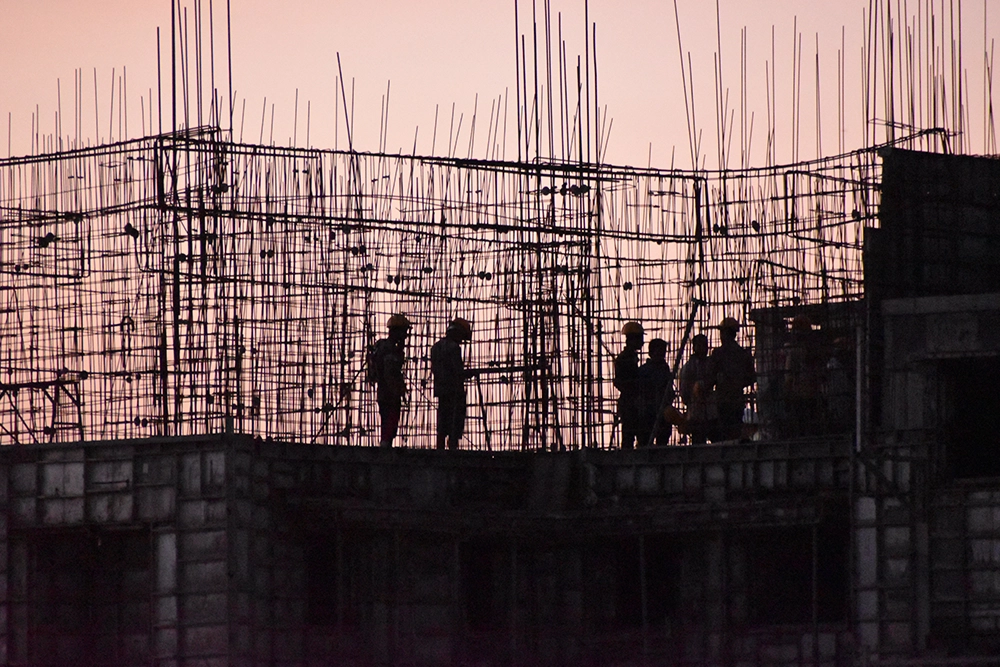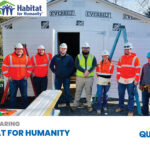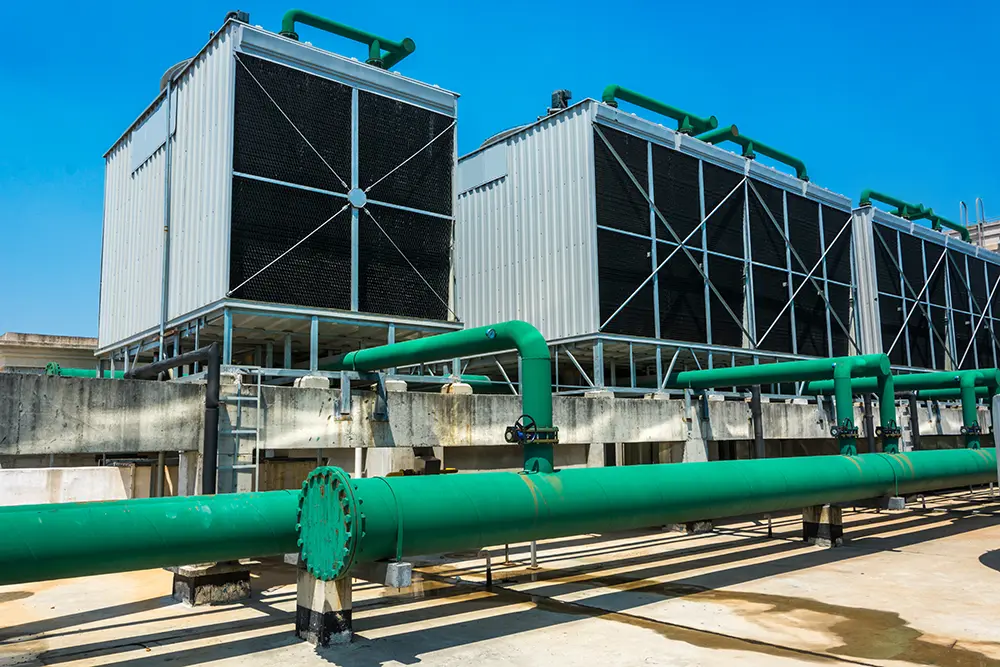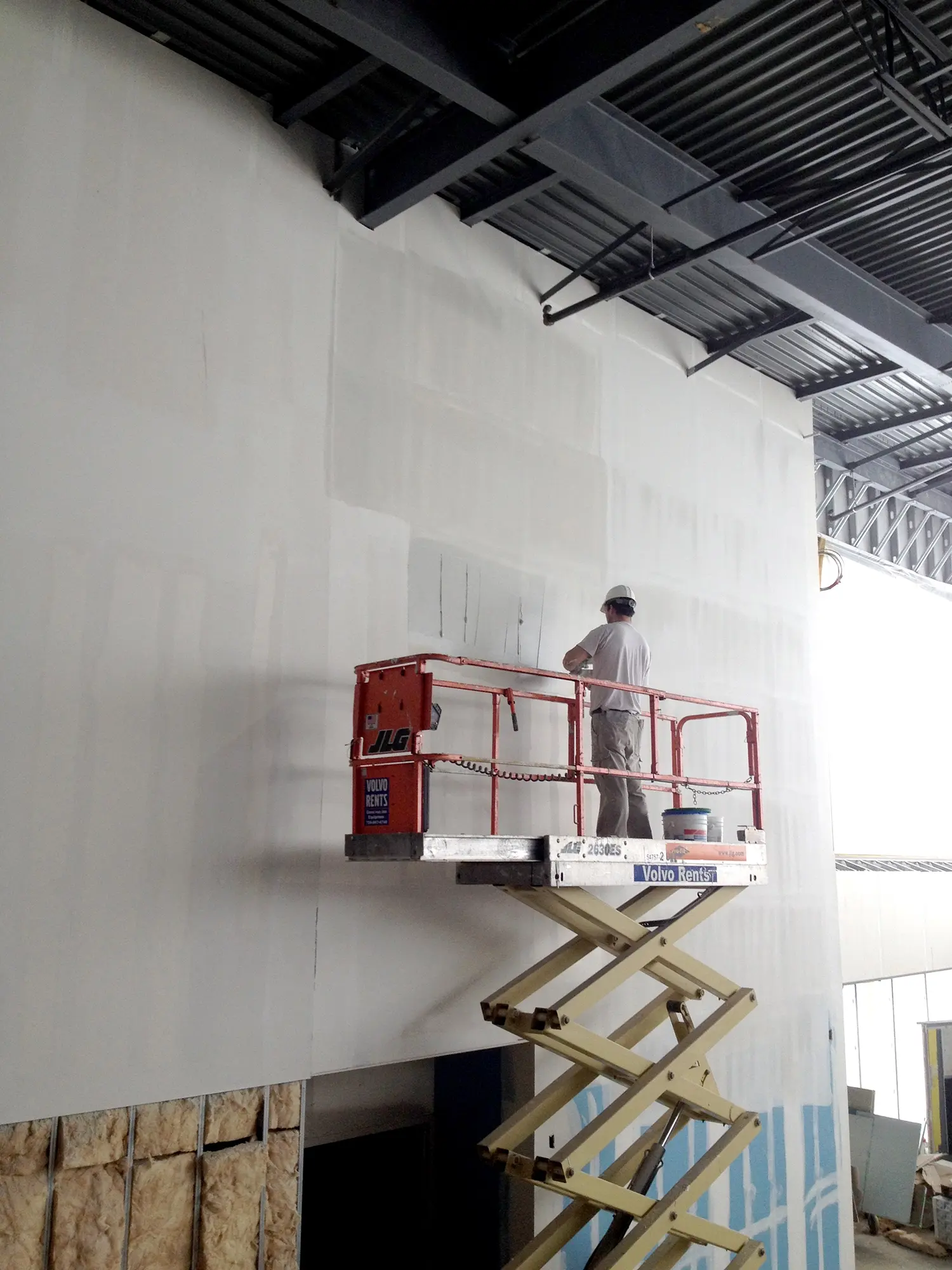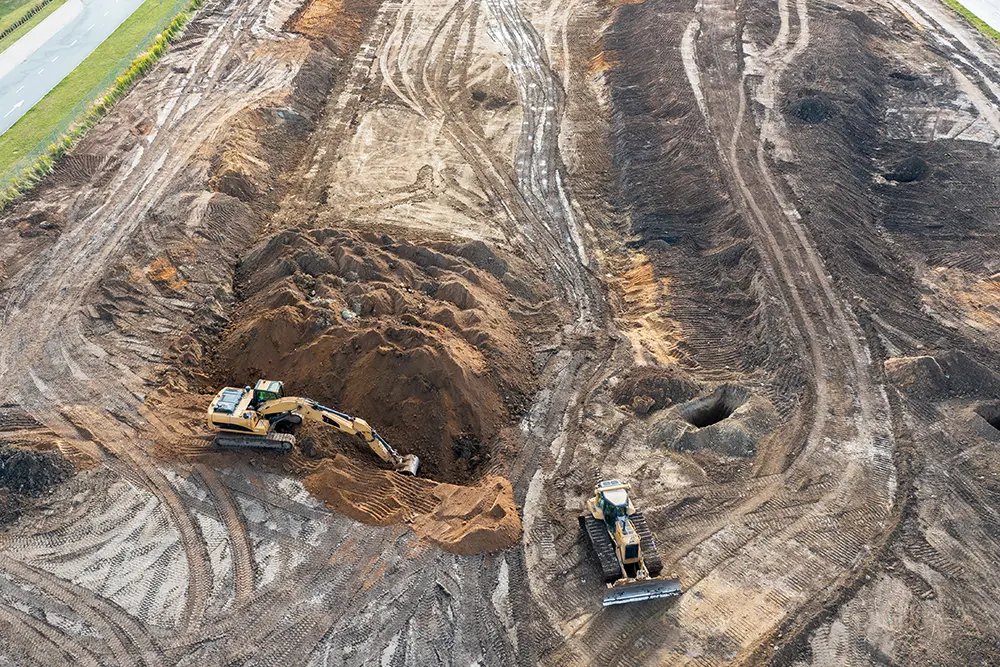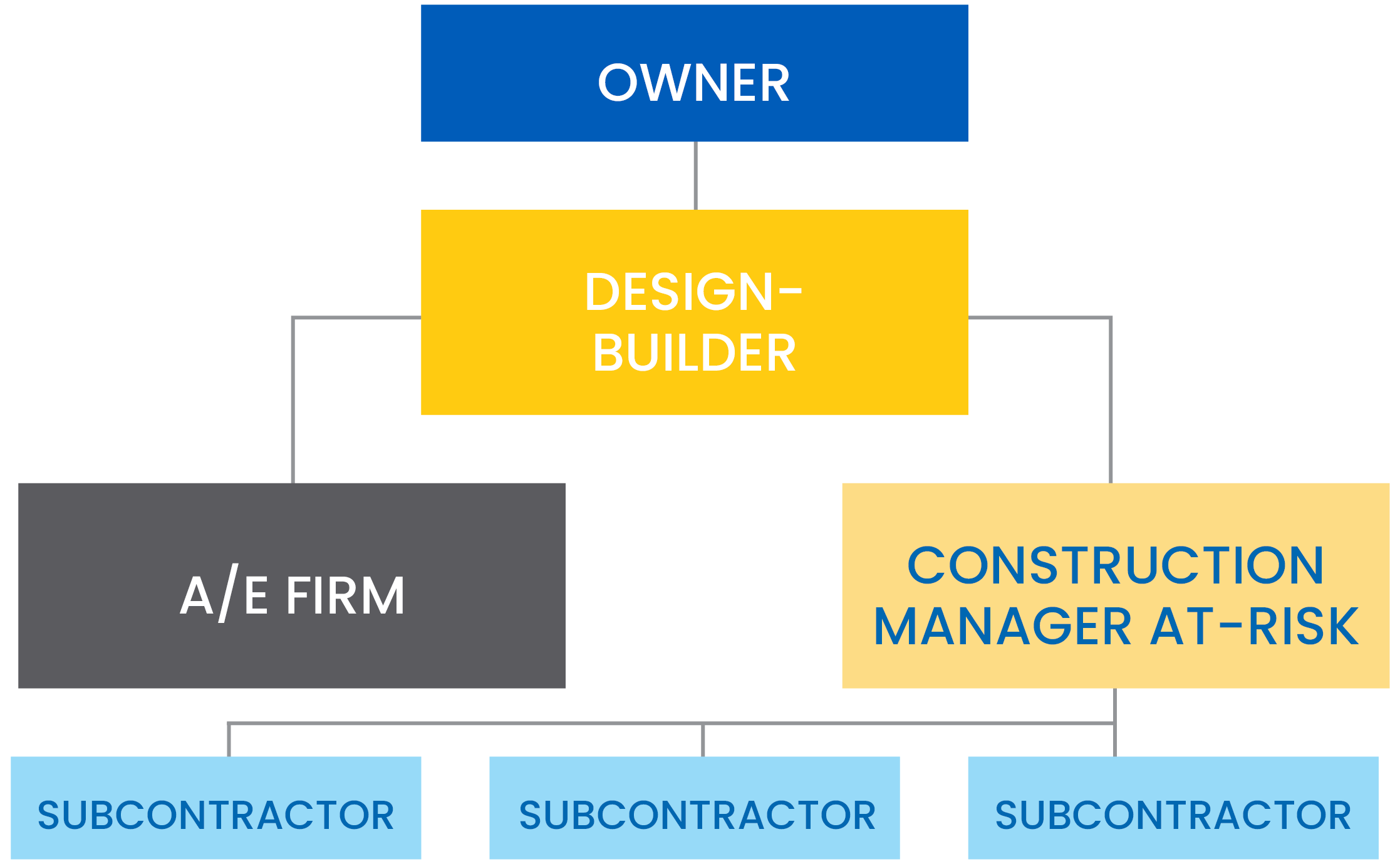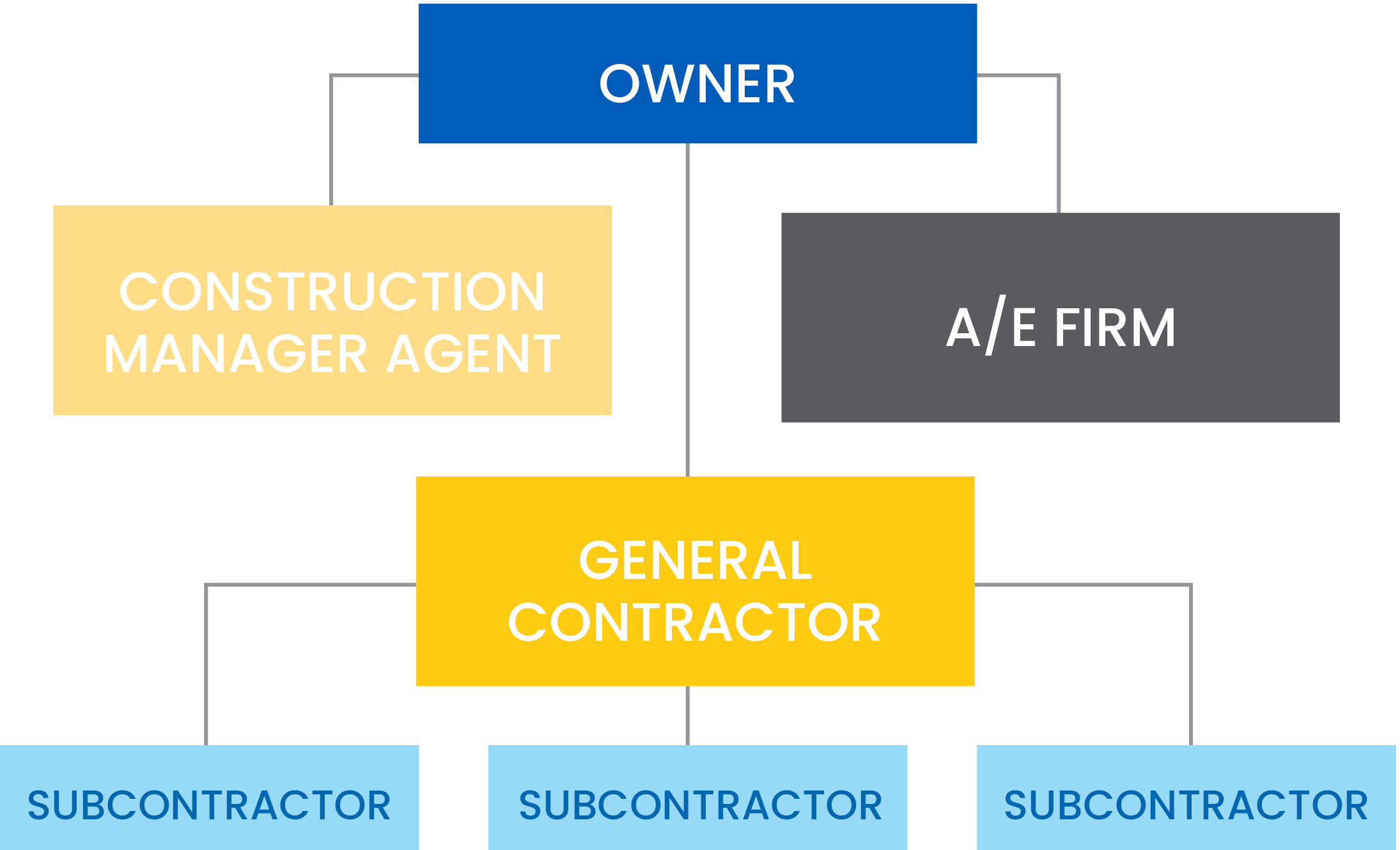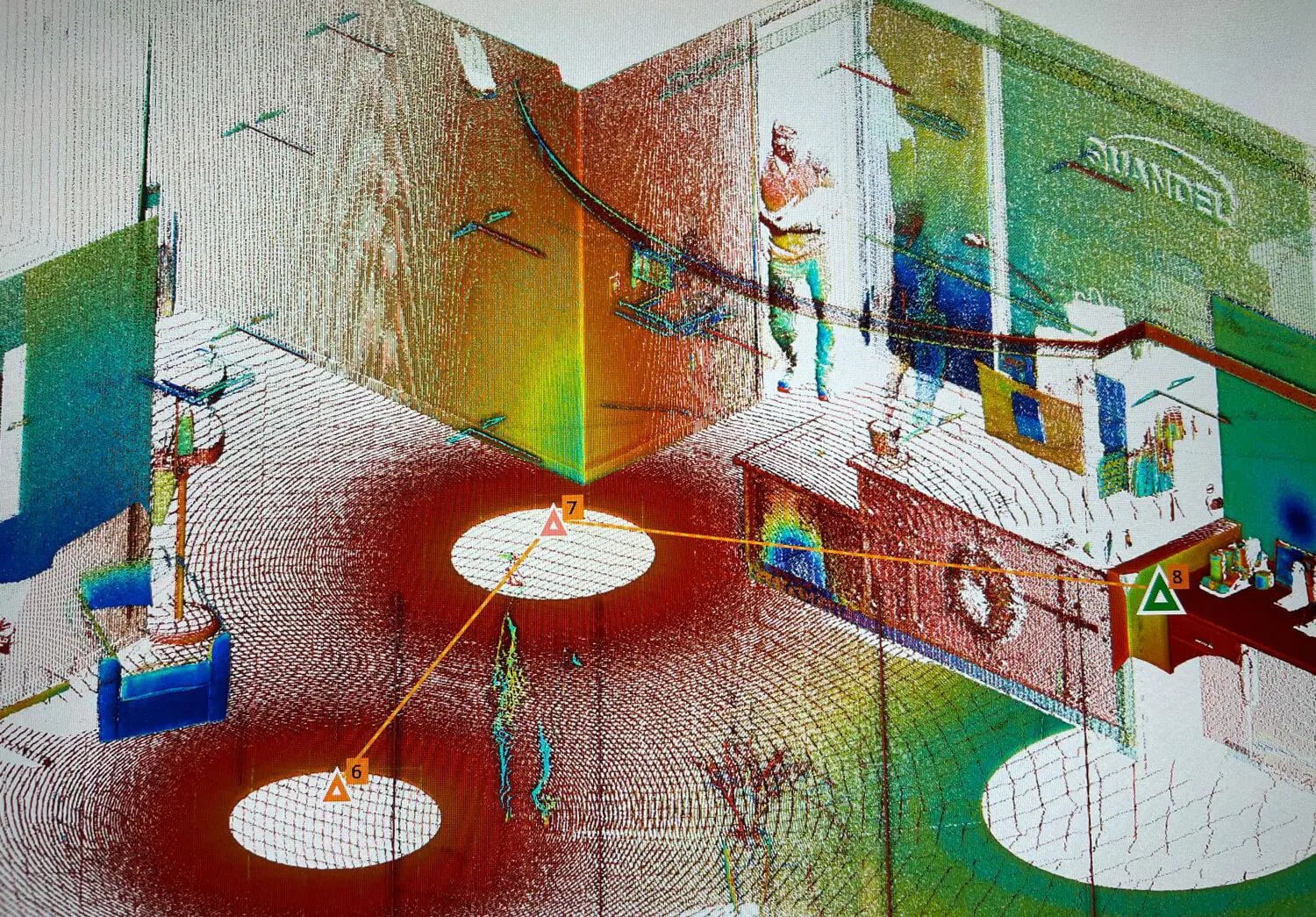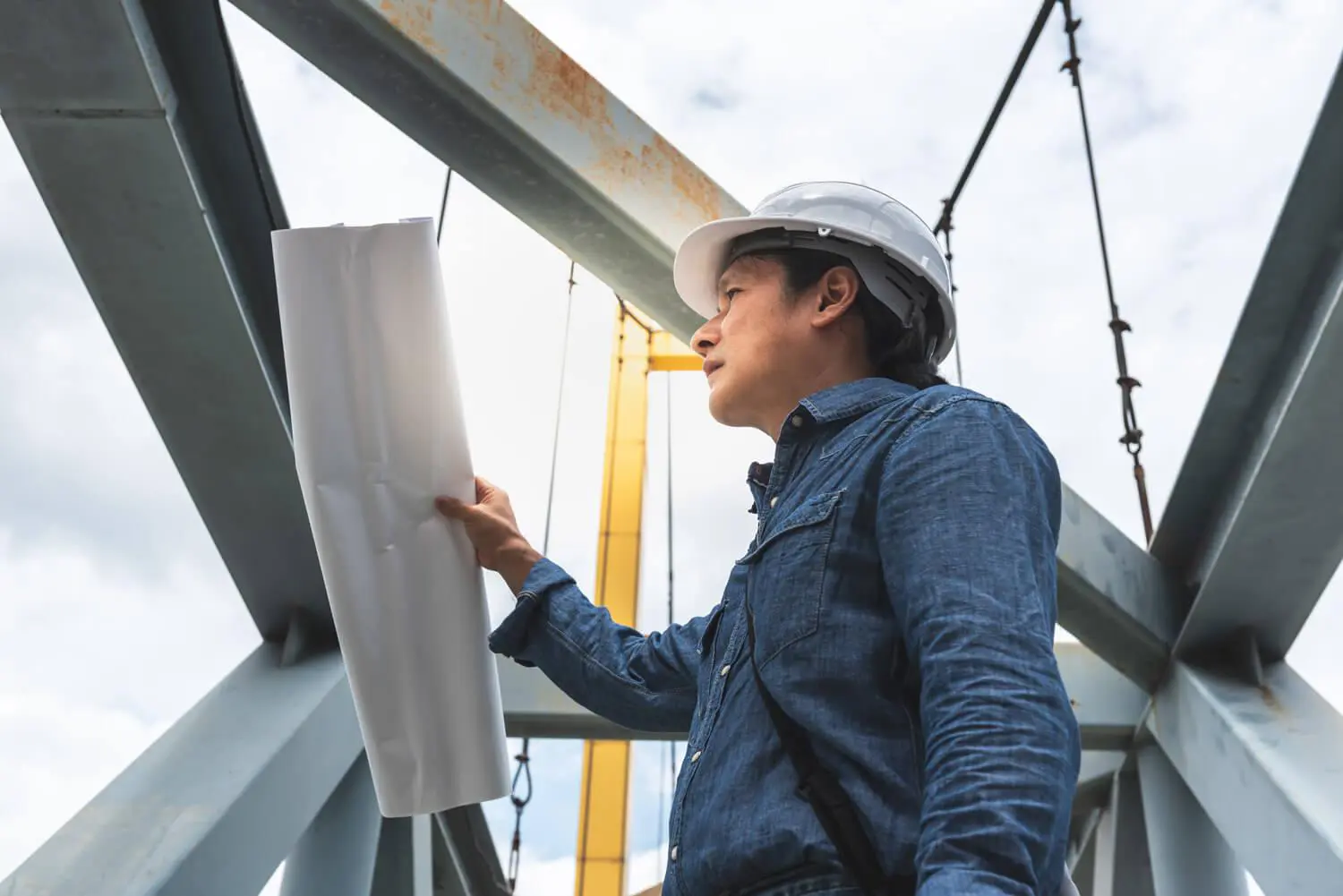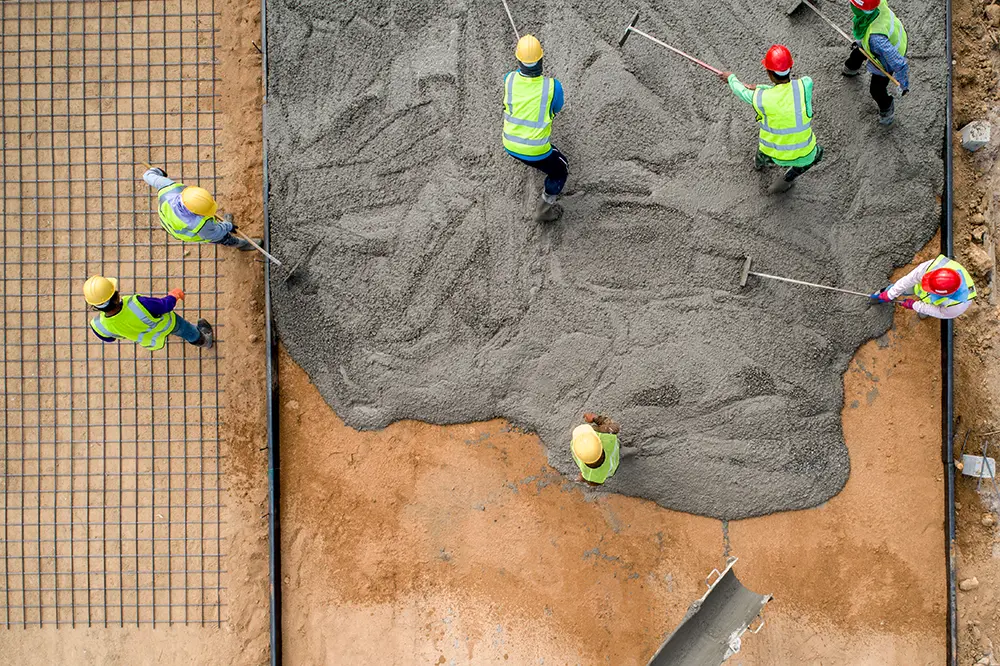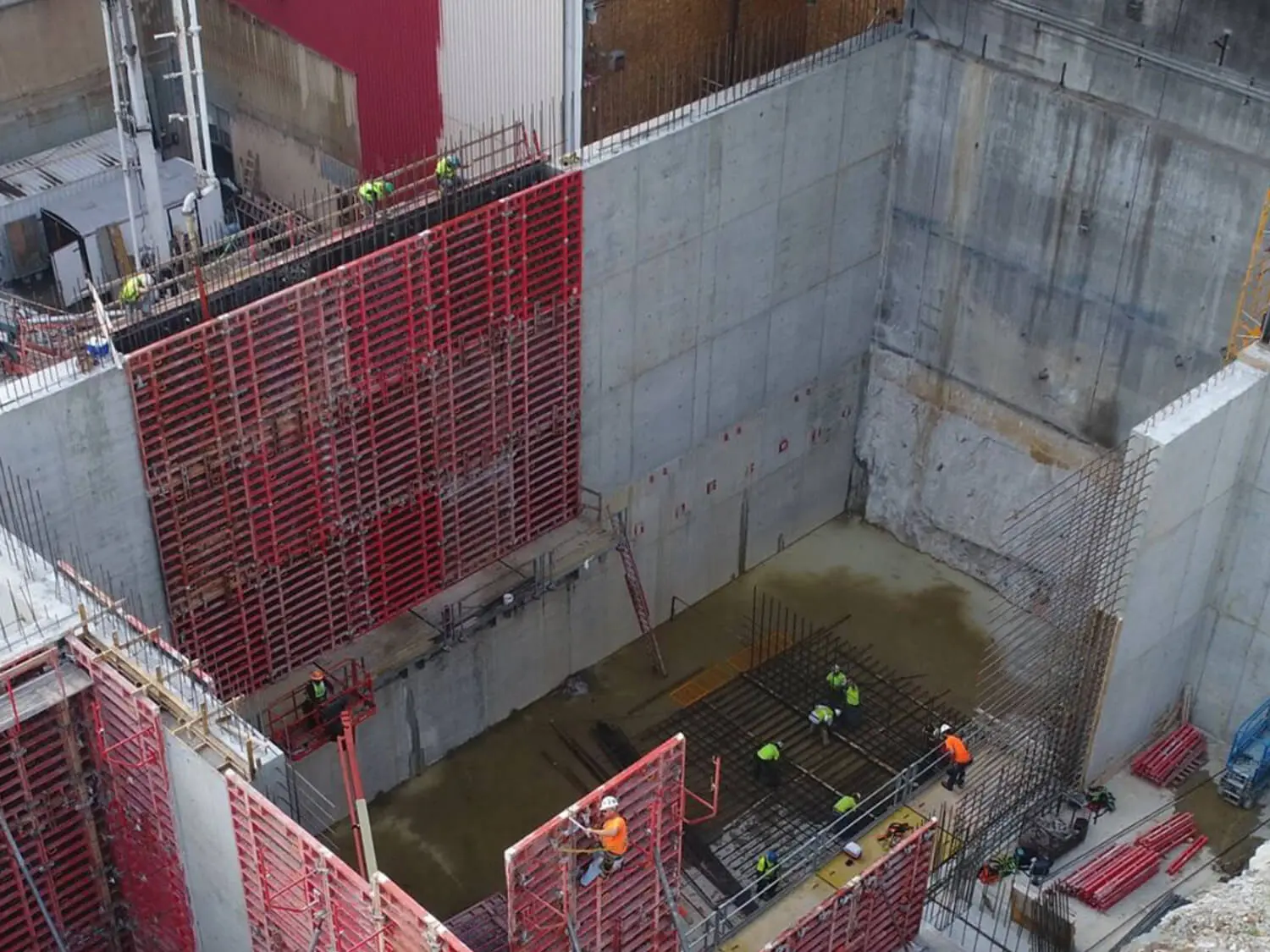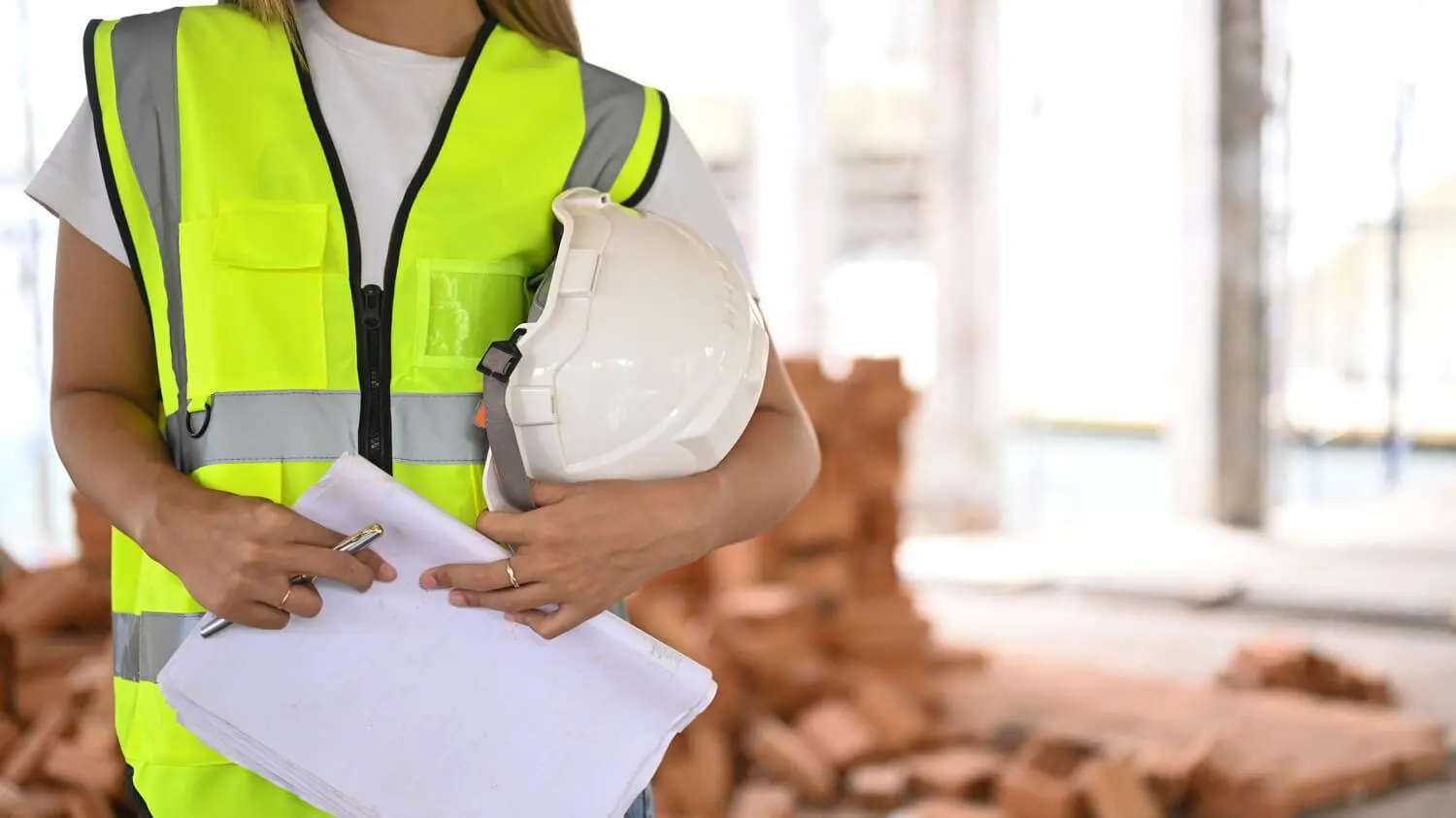Almost all heavy commercial concrete work requires steel reinforcing in the form of rebar. Working with rebar presents several hazards, such as fall hazards, impalement hazards, lacerations, and abrasions. Everyone working with concrete, concrete forms, and rebar should be trained to recognize potential hazards of their work and to eliminate, control, or minimize those hazards.
Fall Protection
Fall protection is required when tying rebar at elevated heights. Positioning-device systems are the best type of personal fall protection when working on and placing rebar. A positioning-device system allows you to work on a vertical surface with both hands free and limits your free-fall distance to two feet or less. The major components of a positioning-device system and their requirements are:
- Body support: A body belt that limits the arrest force on a worker to 900 pounds and cannot be used for any purpose other than personal fall protection. A body harness must limit the maximum arrest force to 1,800 pounds, and must be used only for fall protection.
- Connectors and connecting assemblies: Connecting assemblies must have a minimum tensile strength of 5,000 pounds.
- Anchorage: Positioning-device systems must be secured to an anchorage that can support at least twice the potential impact load of a worker’s fall or 3,000 pounds, whichever is greater.
Climbing Rebar
Workers can free-climb concrete forms and rebar up to 24 feet to reach work areas. The horizontal bars must be spaced between six inches and 16 inches on center. When rebar spacing is more than 16 inches on center, use a ladder or lift to reach work areas.
After reaching a work area, you must use a personal fall-arrest system, safety net, or positioning-device system for fall protection.
- Check the rebar’s strength before climbing it. If it is not rigid, brace it to meet the required 3,000-pound anchor load requirement. Avoid climbing overhanging rebar or forms. This type of climbing increases your risk of falling and overexerting your muscles and joints.
Capping Rebar
When working above rebar that protrudes from the floor, cover the rebar with protective caps to prevent you from being impaled if you fall. Cap rebar protruding horizontally to prevent scrapes, cuts, or eye injuries.
Handling Rebar
Cut rebar will always have sharp chisel ends that can cause cuts and puncture wounds. Rebar often has scale, rust or burs that can cause scrapes or cuts. Always wear the necessary personal protective equipment such as heavy leather gloves when working with rebar.
- When manually bending rebar, make sure you have a firm footing and a firm grip on the bar. Don’t place your entire weight on the bar being bent to prevent falling if the bar should slip or break
- When carrying full lengths of rebar, lift the load forward of center, letting the trailing end drag to prevent the front end from whipping and possibly catching on the ground, coworkers, or other objects
Conclusion
On large projects involving rebar, consider using scissor lifts or scaffolds to protect workers without the need to use positioning devices or having workers climb rebar without fall protection.


